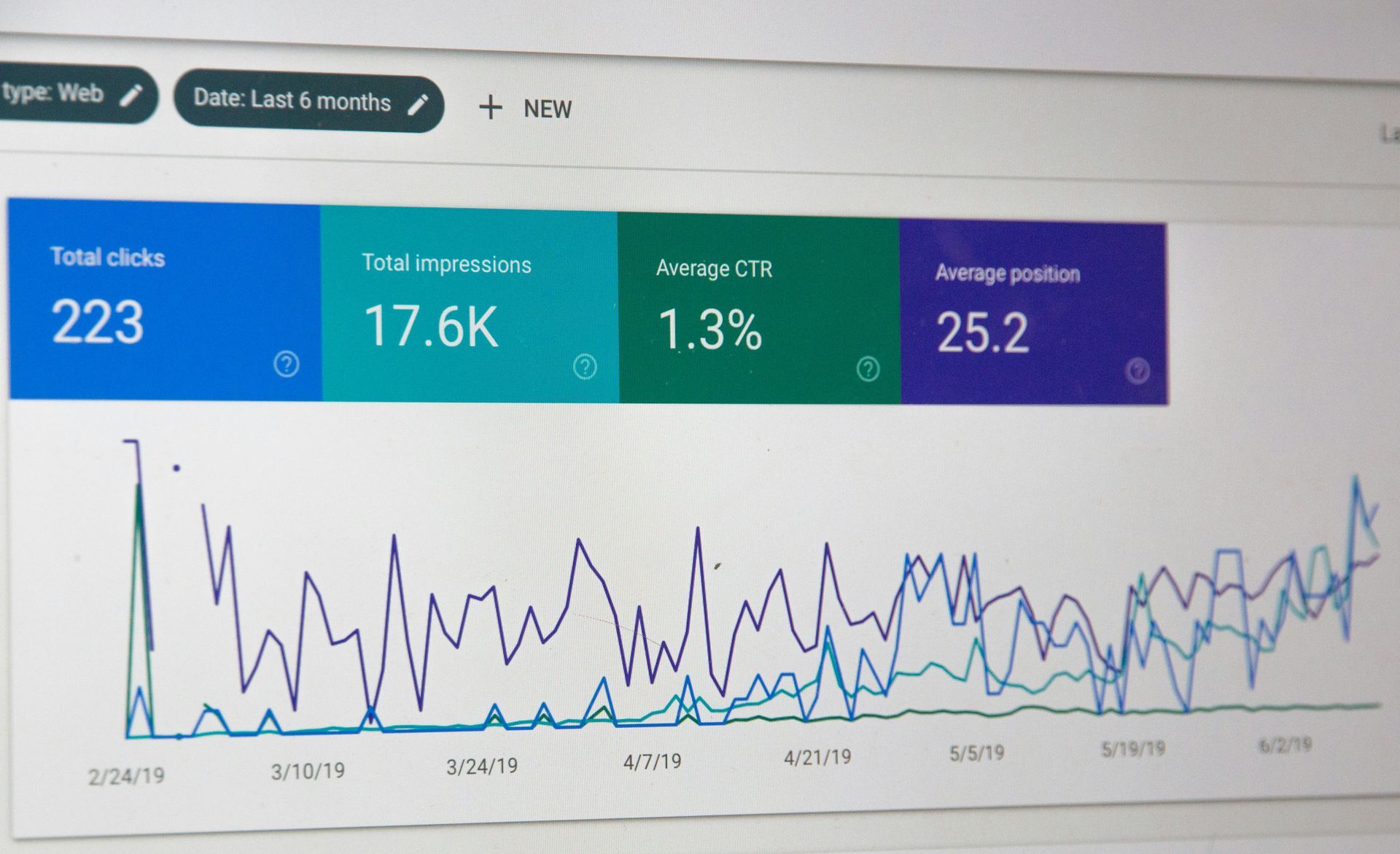Online Advertising Basics for Small Business Owners
Many people refer to the 1960s as the "golden age of advertising," with its unforgettable print media, television, and radio advertisements. The world was fascinated with how many channels advertising could take on. Little did we know what our current era would bring — while print media, television, and radio ads still exist, thousands of digital channels have generated entirely new advertising platforms.
Small business owners know they need their ads to stand out from competitors and attract customers, but this is easier said than done. With so many options for online advertisements and limited budgets, what's a small business owner to do?
Let's examine the fundamental principles of online advertising and give small business owners a place to start.
Researching Online Ad Campaigns
The first place to start when planning for a new ad campaign is with research. The good news is that source material for your research is everywhere. Online advertisements, past and present, are often easy to find with a simple Google search. Small business owners should identify local and regional competitors and investigate their advertising strategy.
You should ask several questions about your business when creating an online ad. What type of business are you (B2B or B2C)? What do you want to accomplish with your ad (not simply "increase sales")? What is your budget for the campaign? Do you have specific keywords you want to concentrate on? What platform do your best customers tend to interact with?
These are just a couple of considerations when creating an online ad. As with the ideal client exercise, the more detail and clarity you can gain about your goals, the more likely your ad will succeed.
After researching and brainstorming, it's time to put together your campaign. Each platform has different types and layouts of advertising, and can help lead you through the process to get your ad live. If you have a marketing or advertising entity, you can work with them. It may be worth consulting with an outside professional team if you don't have a designated person.

General Terms to Know
Understanding general online advertising terms is essential as you begin to craft your campaign. Several of these terms will also be applicable for the analytics of your ad campaign and tracking its success. We have compiled some of these fundamental terms below:
Pay-Per-Click (PPC): An online advertising model where businesses pay a fee each time a user clicks their ad. Google Ads is one of the most common PPC platforms.
Cost Per Click (CPC): The amount you pay for each click on your ad. It's a key metric in PPC campaigns that helps measure the efficiency and cost-effectiveness of your ads.
Click-Through Rate (CTR): The percentage of people who click on your ad after seeing it - this is calculated by dividing the number of clicks by the number of impressions. A high CTR is an indicator that your ad is effective.
Conversion Rate: The percentage of users who take a desired action (like making a purchase or signing up for a newsletter) after clicking on your ad. It's crucial for measuring the success of your campaigns.
Landing Page: This is the designated web page users visit by clicking on an ad. An effective landing page is crucial for converting ad clicks into actions. A basic option may be the home, contact, or products page. A more advanced method is to create a unique landing page for each ad.
Search Engine Optimization (SEO): The process of optimizing your website to rank higher in search engine results pages (SERPs). SEO can help drive organic (unpaid) traffic to your site.
Retargeting/Remarketing: A strategy that targets users who have previously visited your site but didn't convert. It helps bring back potential customers by showing them ads across different platforms.
Where to Run Your Online Ads
Google, LinkedIn, and Facebook are some of the most popular platforms for running online ads. Google ads may be the best place to start with these three. If your small business relies on local, in-person business, targeting customers through location is vital. Facebook ads are another excellent choice for small business owners, as they can reach a vast audience or tailor a more specific one; they are an excellent choice for companies selling consumer-based products. LinkedIn ads, while also a valuable opportunity (especially for professional services), can be trickier in generating leads, thus not producing immediate results.
If you ask the right questions in the initial planning phase, you'll be able to target the best platform for your ads and goals. Remember, even the best ad will go unnoticed if it can't be found by the right audience.

Analytics to Monitor
Facebook
- Reach: The number of unique users who see your ad. It helps gauge the visibility of your campaign.
- Engagement: The total number of interactions (likes, shares, comments) your ad receives. High engagement can indicate strong interest in your content.
- Conversion Rate: The percentage of users who took the desired action after clicking your ad (e.g., purchasing or signing up) - this is crucial for understanding the effectiveness of your ads in driving results.
- Cost Per Conversion: The cost associated with each completed conversion. Lowering this cost while maintaining or increasing conversions is a key goal.
- Ad Frequency: The average number of times each user sees your ad. Too high a frequency can lead to ad fatigue, where users start ignoring your ad.
Google Ads
- Impressions: The number of times your ad is shown. It helps you understand how often your ads are displayed to users.
- Quality Score: A score that Google assigns to your ads based on their relevance and the quality of your landing page. A higher score can reduce costs and improve ad placement.
- Cost Per Click (CPC): The average amount you pay for each click on your ad. It's a critical metric for managing your budget and understanding ad performance.
- Conversion Rate: The percentage of users who complete the desired action after clicking your ad - this metric is critical to determining the ROI of your campaigns.
- Search Terms Report: This report shows the search queries that triggered your ads. Analyzing this can help refine your keyword strategy.
- Impressions: The number of times your ad is shown on LinkedIn. This metric helps measure the visibility of your ad among professionals.
- Engagement Rate: The percentage of people who interacted with your ad in some way (likes, shares, comments). Higher engagement rates typically indicate more compelling content.
- Lead Conversion Rate: Crucial for B2B businesses, it shows the percentage of clicks that result in a lead (e.g., form submission, sign-up).
- Cost Per Lead (CPL): The average cost of acquiring a lead - this is especially important for businesses focused on lead generation.
- Demographic Reporting: LinkedIn provides detailed demographic data (e.g., job title, industry, company size) about who is interacting with your ads. This insight can help tailor future campaigns to target the most relevant audience.
Am I Overspending on Online Advertising?
Small business owners need to watch their finances like a hawk, and even with a holistic understanding of online advertising, it can be easy to overspend. The good news is that with the analytics available for online advertising, you'll have metrics to help you determine if you need to rework your budget.
One essential factor to note when advertising online is time. While you may see results immediately, trends in your analytics may not settle until the ad has run for a month to six weeks. If you constantly change your ad settings without sufficient time, it will be difficult to understand if you are overspending (or underspending).
Work With Cole-Dalton Marketing Services
Our Cole-Dalton Marketing Services team aims to help small businesses succeed. We focus on marketing management services so you can focus on your business's core.
Need help setting up your online advertising? Check out our capabilities and marketing systems
here, and let's
get in touch to take your business to the next level!









